What is Web Tension?
Web tension is a force applied to a continuous web in machine direction. It plays an important role in Paper, Textile, Plastics and Metal Industries.
The quality of the processed material (Paper, textile, plastic, or metal) depends on how it is processed during operation.
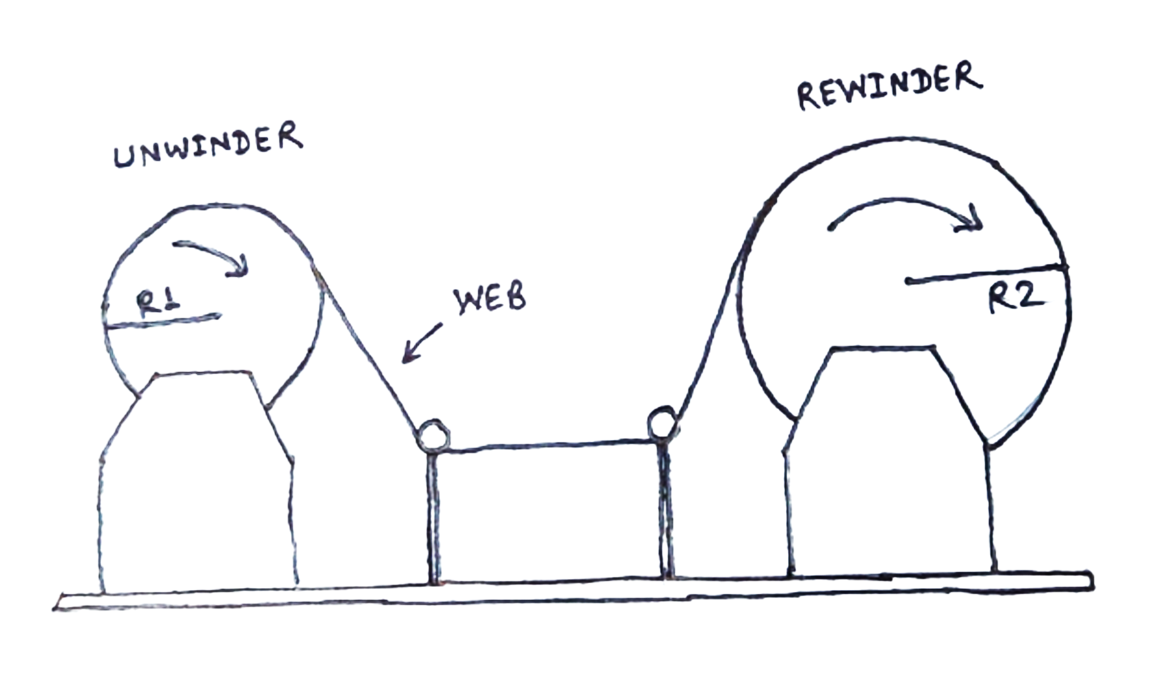
Importance of Web Tension
During the movement of web from start roll to end roll, it passes through various rollers and stations in the machine. These rollers can be both ideal or driven by an electric motor.
If adequate tension is not maintained through out the web, it will create deformation in the material, and in turn, it increases wastage and defects in final product.
Thus, tension plays an important roll in web handling processes.
How to Control Web Tension?
In order to maintain constant tension, “torque” driving the unwind shaft must decrease at a linear ratio (relative to roll diameter, since unwinder diameter reduces with machine run).
Similarly, the “torque” driving the rewind shaft must increase at a linear ratio, relative to roll diameter as rewind roll diameter increases in size.
Types of Web Tension Measurement
There are two types of web tension measurements available.
They are
- Open Loop System
- Closed Loop System
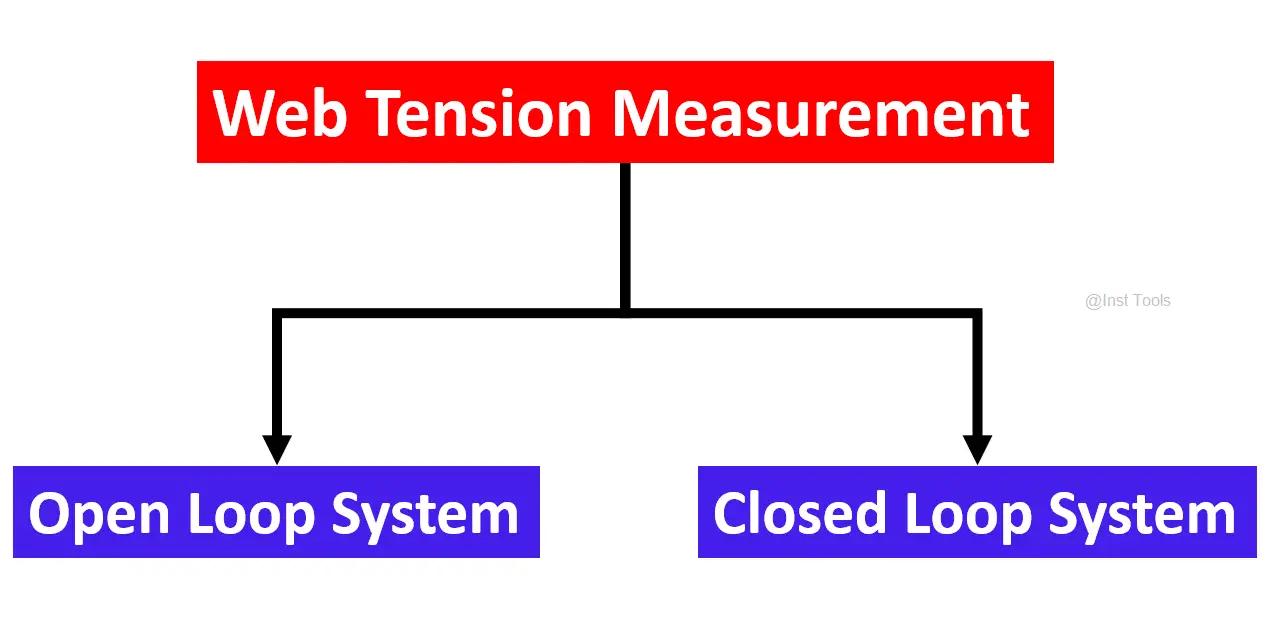
Open Loop System
- Open loop system uses roll diameter information to control web tension. There is no other tension measuring device used in such type of systems.
- The roll diameter information is fed to VFD (variable frequency drive) or tension controller, which further controls the brake (i.e. controlling air supply to brake, in case of pneumatic brake is used).
- This requires continuous and accurate measurement of roll diameter.
- Diameter can be measured by either:
- Using a Follower arm.
- Ultrasonic sensor.
Closed Loop System
- In closed loop system, a device is used to continuously monitor the web tension and give feedback to the tension controller.
- The web tension is measured online by means of :
- Load cell Rollers
- Dancer rollers.
Tension Measurement through Load Cell Roller
- The web passes through a roller which consists of two load cell bearings on each end.
- When web travels through it, it exerts some force on the roll. The load cell inside the bearing measures this force and calculate tension.
- This tension value is then fed to the tension controller or VFD for further processing.
- Since it requires load cell and measuring devices, a small disturbance can disturb the process, so it requires additional signal conditioning device and adds a delay time in system.
Tension Measurement through Dancer
- In this system, web passes through a moving arm/roller which is attached to a linear potentiometer or LVDT (Linear Variable Differential Transformer).
- The dancer roll is preloaded with balance pressure. When the tension increases, dancer moves in film direction. When tension decreases, the dancer’s arm moves away from the film direction. In both cases, the Linear potentiometer, which is attached to dancer arm, gives its position feedback to the tension controller or VFD.
- These systems work well in low-speed machines.
Author: Vikrant Joshi


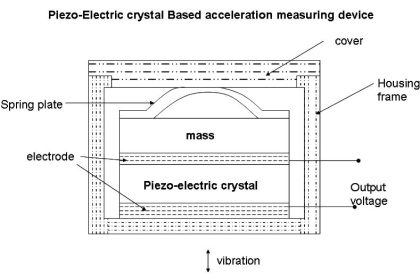
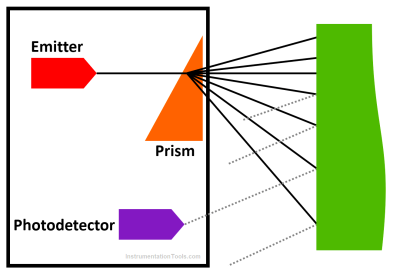
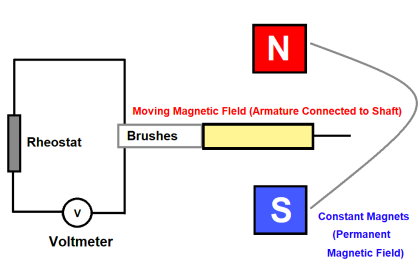
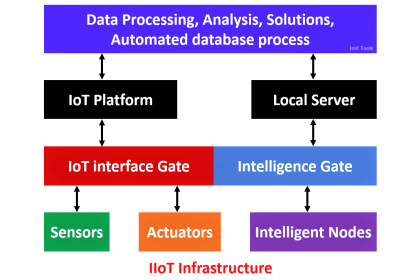

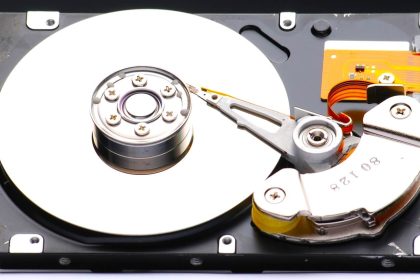
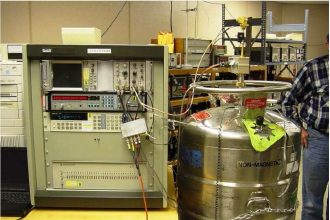
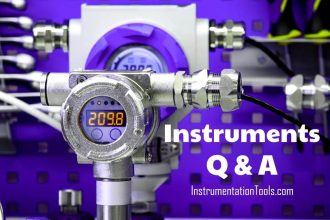
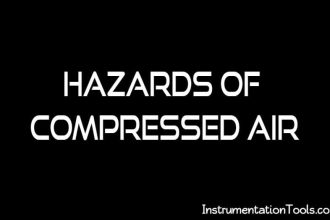

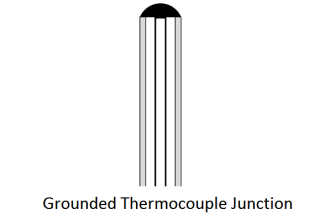
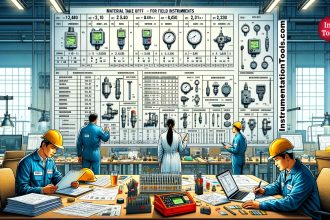
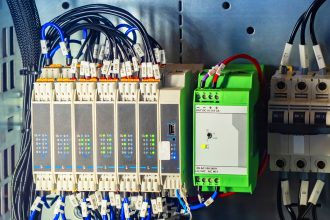
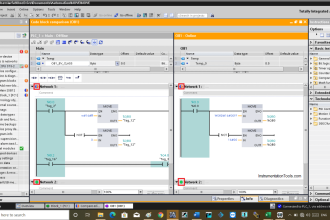

👍
We are using Closed sytem with servo Motor for precise control for speed. In this syem we have used precision Potentiometer on Dancing roll. which is giv acuutate feedback .
potentiometer also gives accurate results.